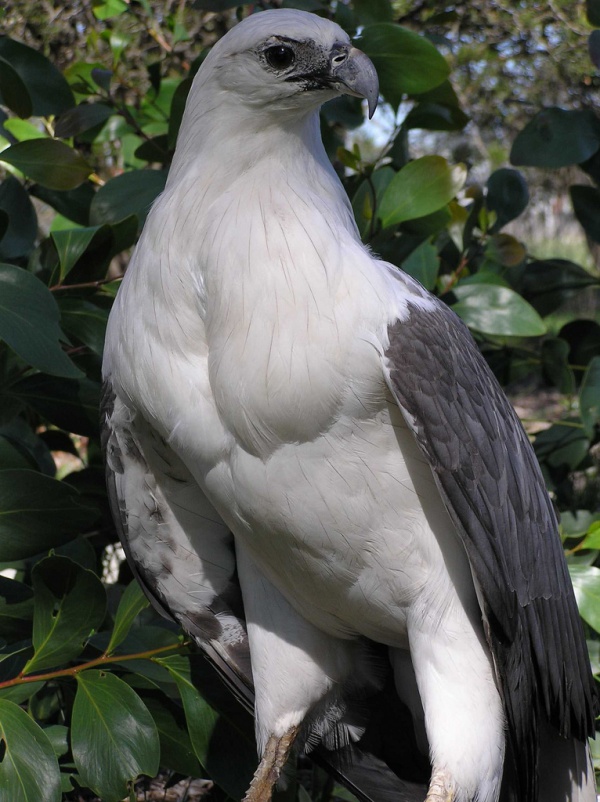Facts About White-bellied sea eagle
The white-bellied sea eagle, also known as the white-breasted sea eagle, is a remarkable bird of prey belonging to the Accipitridae family. This bird is easily identifiable by its white head, breast, under-wing coverts, and tail, which contrast strikingly with its grey upper parts and black under-wing flight feathers. Adult females are particularly impressive, reaching up to 90 cm in length, with a wingspan up to 2.2 meters, and weighing approximately 4.5 kg. Juvenile eagles have brown feathers that progressively turn white as they mature, typically by the age of five or six. These birds are also recognized for their loud, goose-like honking calls.
These majestic eagles inhabit regions spanning from India and Sri Lanka through Southeast Asia to Australia. They primarily hunt fish near waterways but are not particular about their diet—they will also feed on carrion and various other animals. Although globally classified as "Least Concern" their numbers have declined in some areas due to human activities disrupting their habitats.
Taxonomically, the white-bellied sea eagle is closely related to Sanford's sea eagle found in the Solomon Islands, forming what scientists refer to as a superspecies. Genetic studies suggest these birds diverged relatively recently, possibly around 150,000 years ago. This eagle is also known by other names, including the white-bellied fish-hawk and grey-backed sea eagle.
White-bellied sea eagles are territorial and monogamous, often forming lifelong pairs that defend their territories year-round. Breeding pairs engage in elaborate aerial displays before mating. They construct large nests in tall trees or on man-made structures, laying two eggs that incubate for about six weeks. The young eagles fledge at around 70 to 80 days old and remain in their parents' territory for up to six months.
These eagles are opportunistic hunters, preying on a variety of animals including fish, birds, mammals, and carrion. They are expert fishers, known for their technique of snatching prey with their talons while flying low over the water. They are also quite aggressive, often harassing and stealing food from other birds.
From a conservation perspective, the white-bellied sea eagle is classified as "Least Concern" by the IUCN. However, they face threats from habitat destruction and human disturbance in certain regions. In Australia, they are protected under various conservation acts, but their numbers have been declining in some areas due to habitat loss and human activities. The historical use of DDT pesticides also harmed their populations by causing eggshell thinning and breakage.
Culturally, the white-bellied sea eagle holds a special place among various indigenous tribes across Australia and other regions. Revered in folklore and considered totemic in some communities, this eagle features prominently in local traditions and tales. Its significance is also reflected in its depiction on currency, emblems, and sports team logos, underscoring its symbolic value to different societies.

 Brunei
Brunei